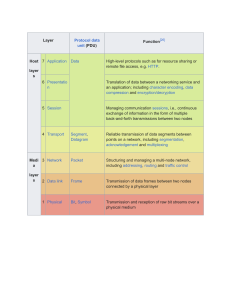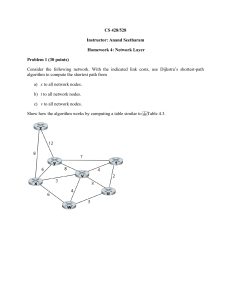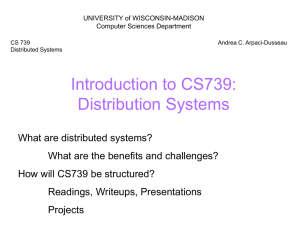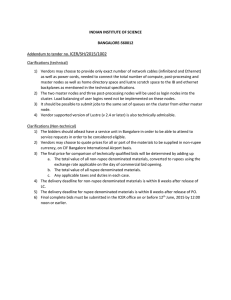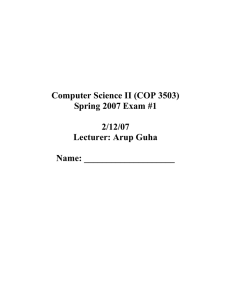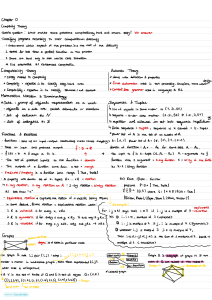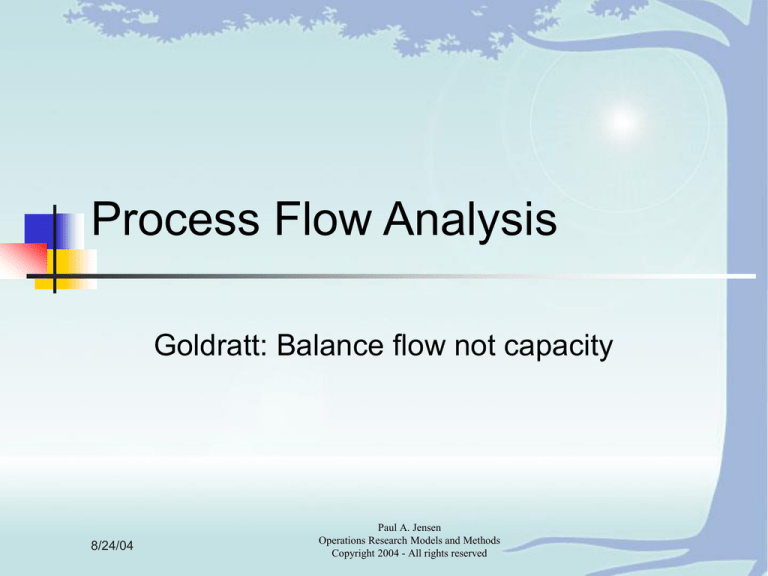
Process Flow Analysis
Goldratt: Balance flow not capacity
8/24/04
Paul A. Jensen
Operations Research Models and Methods
Copyright 2004 - All rights reserved
Our Goal: For a single
product
Given: the process design
Given: operation time and scrap rates at
each operation
Given: product demand
Find: The flow in each operation and
the total time required for each
operation
2
To construct a model you must
know the process
The process is described by its
operations
R1
R1
R2
R2
R3
5
6
R3
3
1
2
7
4
8
A
3
The process model admits
greater detail
R1
R3
R2
11
5
1
12
6
2
Raw Materials Inventory
Processing Operation
3
13
4
Inspection
14
8
Delay
15
9
16
10
7
17
18
19
20
Finished Goods Inventory
4
What happens to product
flows at junctions?
Do they assemble?
Do they combine?
Do they mix?
Do they disassemble?
Do they separate?
Do they split?
R3
R2
R1
5
6
3
1
2
7
4
8
5
“And” nodes model flows that
assemble
The flows are equal on all entering and
leaving arcs
Assembly
Disassembly
General Case
fi
A
fk
A
A
fh
fj
fh = fi = fj = fk
6
“Or” nodes model flows that
combine
The total flow in equals the total flow out
Combining Flows
Separating Flows
General Case
fi
O
O
fk
O
fh
fj
fi + fk = fh + fj
7
“Proportionality” nodes model
arbitrary combinations
Input and output proportions are given
Mixing
Splitting
1
0.4
pi
0.6
P
General Case
fi
0.5
fk
P
P
1
pk
0.5
ph f h
p
j
fj
f i = xp i , f k = xp k
f h = xp h , f j = xp j
8
All junction nodes must be
specified in a process chart
R3
R2
R1
5
6
3
1
2
A
7
4
O
8
9


